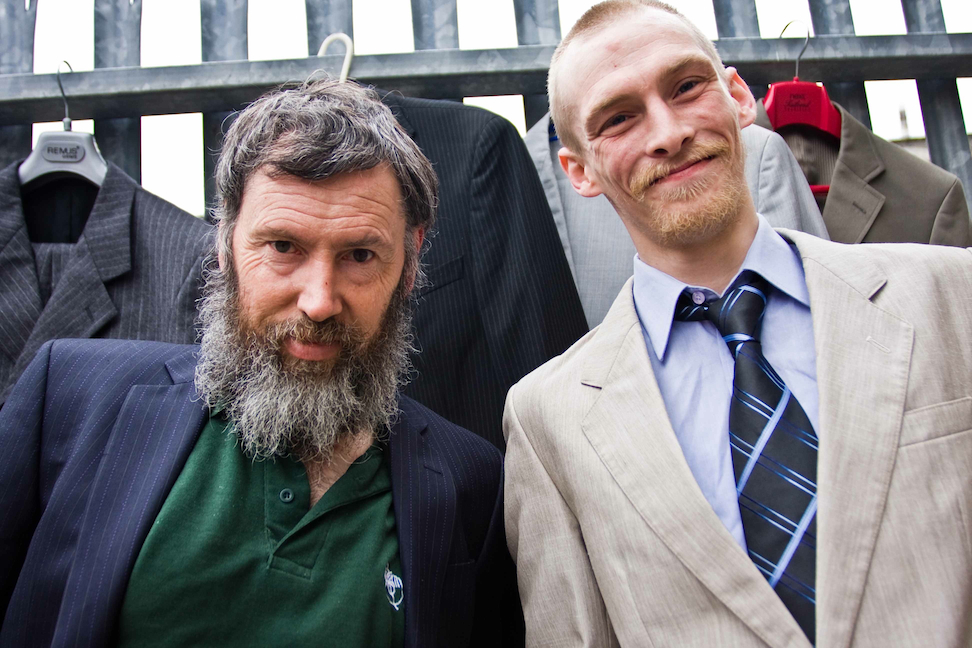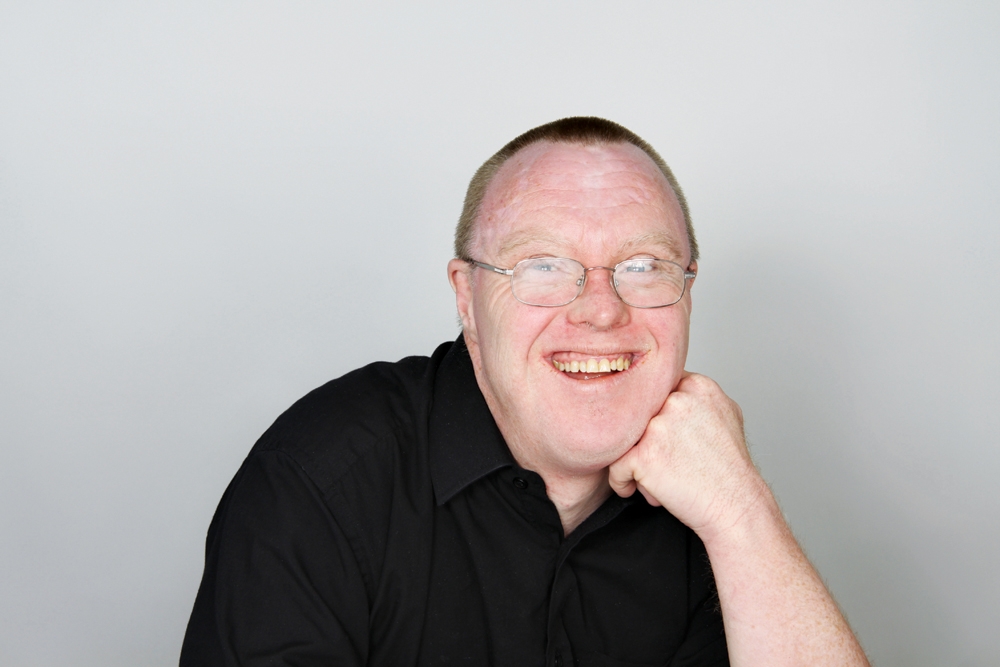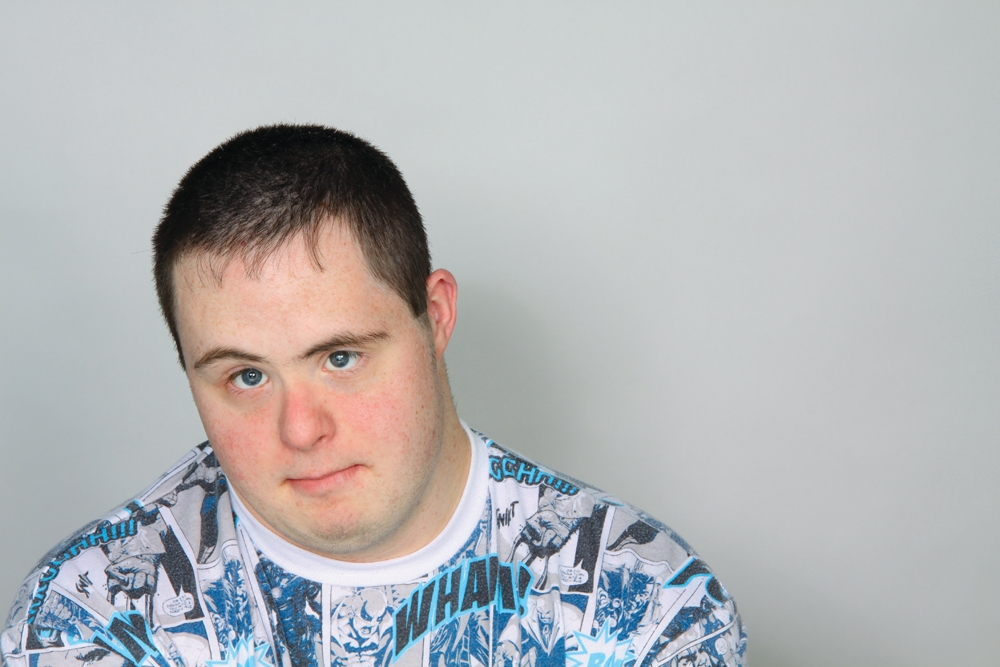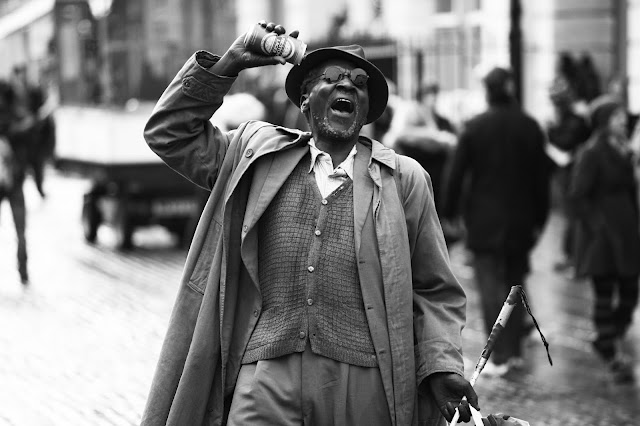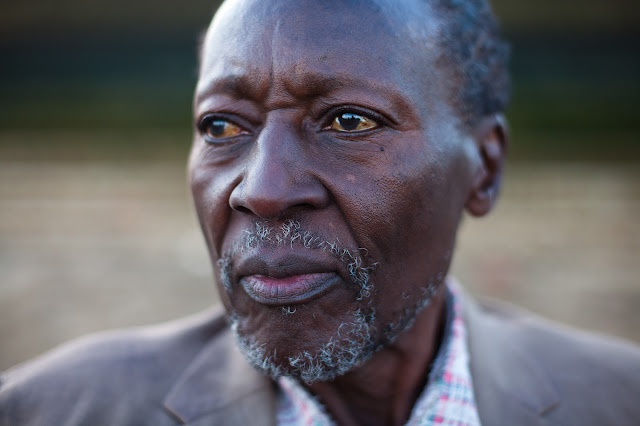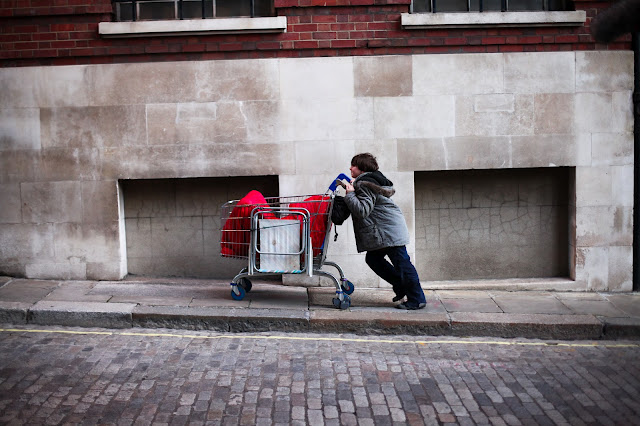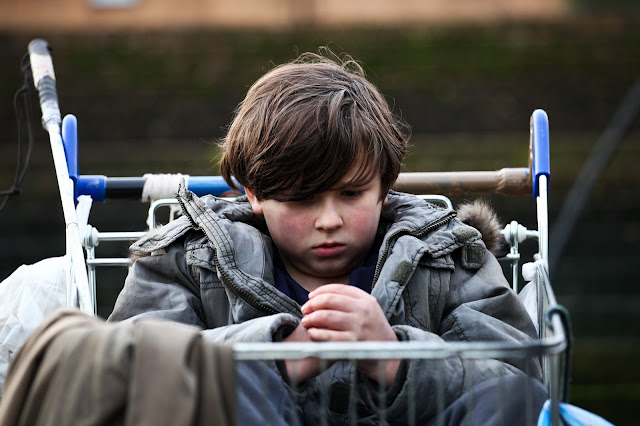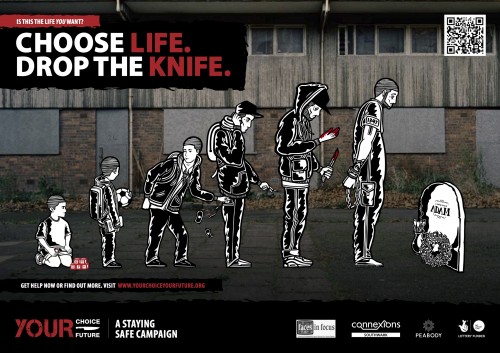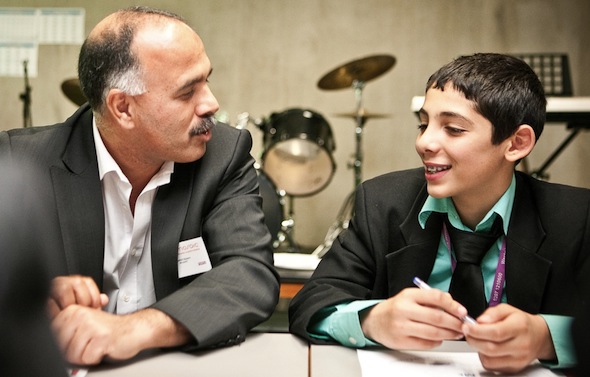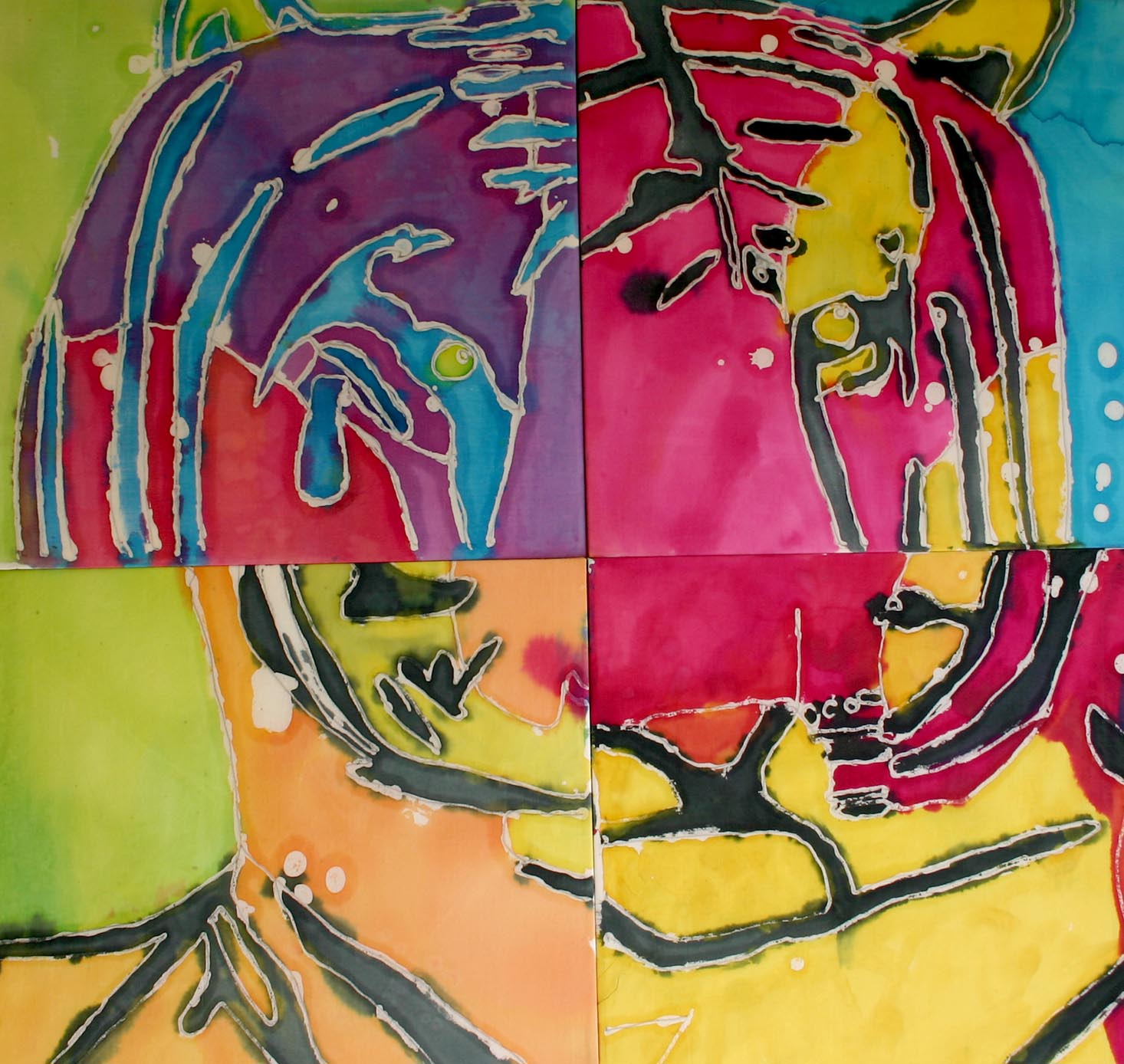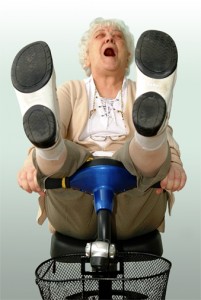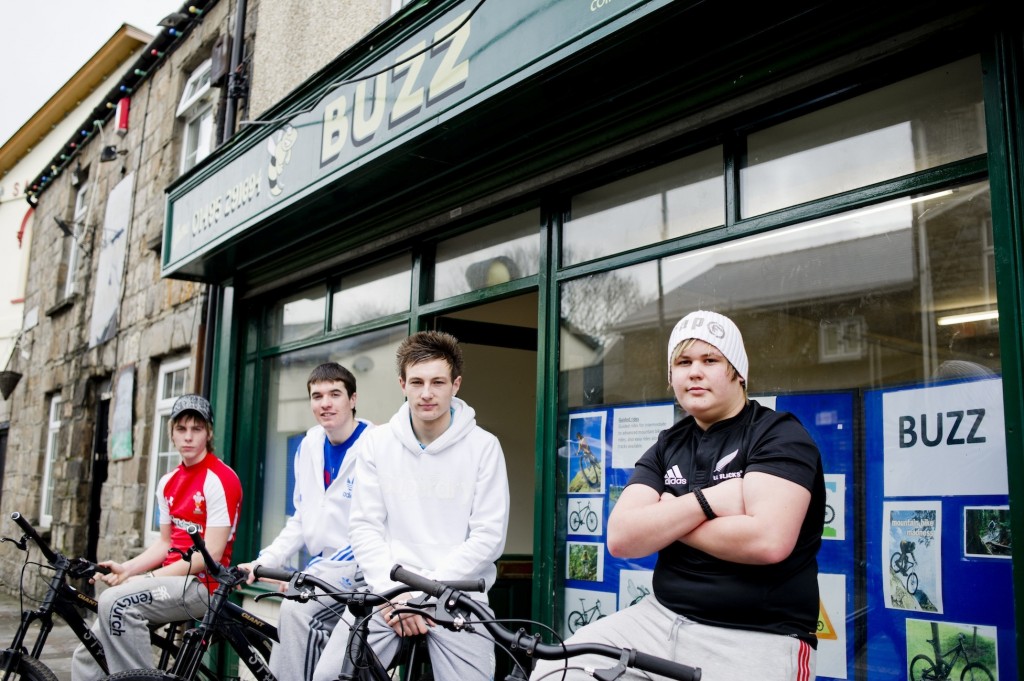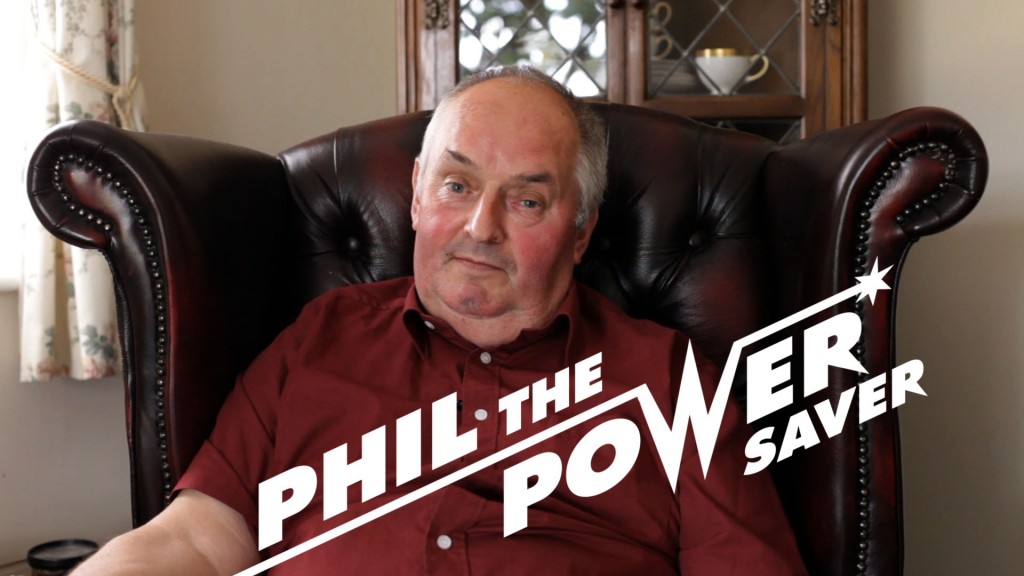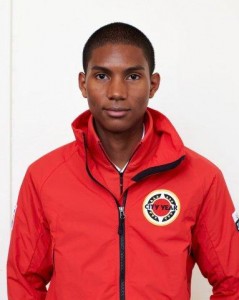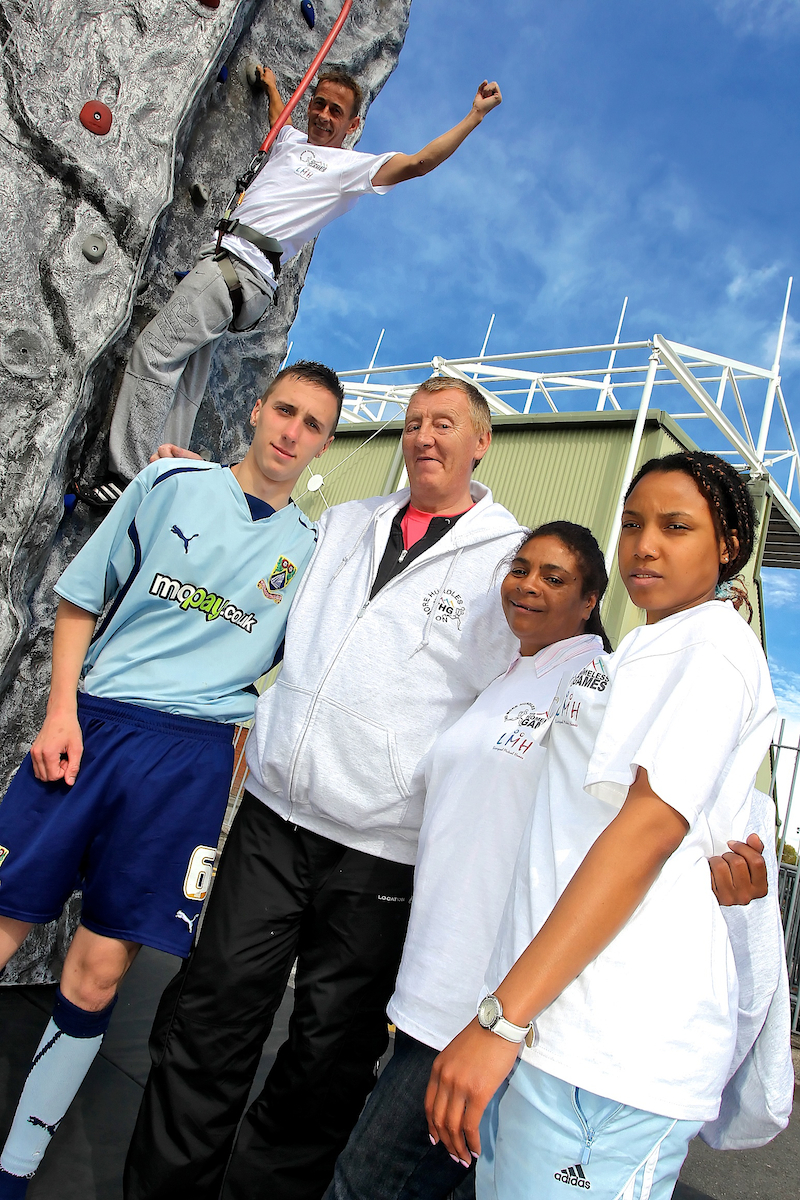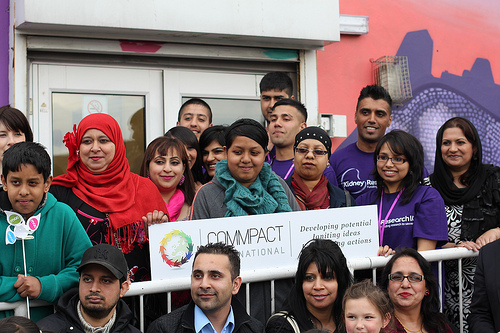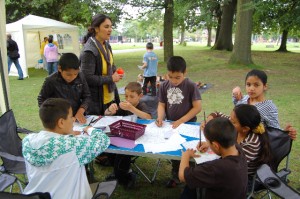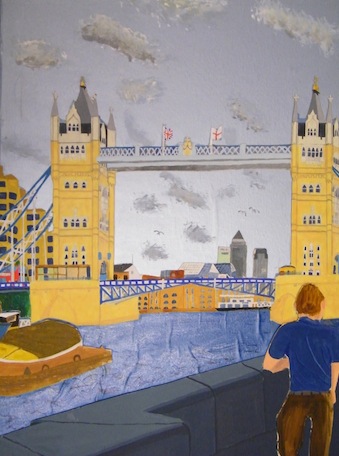
“I never imagined in a million years I’d be selling my body for drugs…I’m still doing it now… I’ve nearly been killed three times doing [prostitution]. I’ve been raped doing it.. as a result of that I got HIV doing it. But it’s easy money.”
These words belong to Angela (not her real name), 38, speaking to homelessness charity St Mungo’s (you can hear more from her on the St Mungo’s website here).
Her story highlights some of the particular issues homeless women are known to face more than their vulnerable male counterparts – prostitution and domestic violence, for example – which the charity is focusing on during its action week this week.
The week kick starts St Mungo’s new campaign, Rebuilding Shattered Lives, the aim of which is to give a platform to best practice and innovation relating to supporting homeless and vulnerable women.
Traditionally, homelessness services were designed with men in mind but in England over half of those living in temporary accommodation are women and a quarter of St Mungo’s 1,700 residents are women. Until just three years ago, women fleeing an abusive relationship were deemed intentionally homeless (and so didn’t have housing rights) and encouraged to return home.
Housing and homelessness campaigners have long argued for more attention to be paid to women and homelessness (a 2006 report from housing charity Crisis still makes for stark reading) given there can be additional factors in their lives which might push them into homelessness – domestic violence and abuse, for example. The true nature of women’s housing need can also be hidden as they opt to stay with friends or sofa surf between spells of rough sleeping. While they can access mixed housing, as opposed to female-only hostels, for example, there is an argument to say that that more widespread female-specifc, housing-related support would make recovery easier.
St Mungo’s 18 month-long campaign invites organisations, frontline staff and female service users themselves to contribute ideas on preventing women’s homelessness and supporting recovery. Campaign themes including childhood trauma and domestic violence, as well as educational and employment opportunities, and restoring links with families and children.
A recent survey of St Mungo’s female residents concluded that more than a third who slept rough say their experience of domestic violence directly led to their homelessness while almost half are mothers. More than one in 10 have a history of being in care.
It’s worth noting that, as well as the stories like Angela, there are other examples in the St Mungo’s campaign of how, with the right support, women have started to turn their lives around.
“Mel”, for example, was living and working on the streets for two and a half years before coming in. She told St Mungo’s staff: “I’ve never had any stability. I don’t get on with my family, I’ve always been around drugs and getting clean when you are around other users is difficult. But I’m getting there, slowly…When I moved in here a year and a half ago I was a mess and I just slept, catching up you know. Then I turned things around, turned daytime into time for ‘doing stuff’ and nighttimes for sleeping.”
She added: “To get your benefits and all that you need to get to appointments, you have to get out of bed and you need the right help. That’s what I got here, though it took me a while to adjust, to get my head stable. What you need is people taking you seriously, people listening to what you want. What people need to understand is that just because you don’t comply with their ‘rules’, don’t turn up or whatever doesn’t mean ‘give up on them’.”
As the campaign develops, it will be interesting to see what ideas and services for women like Angela and Mel are showcased and what changes, if any, the charity’s follow up surveys reveal about an issue that has only comparatively recently been given a specific focus.


